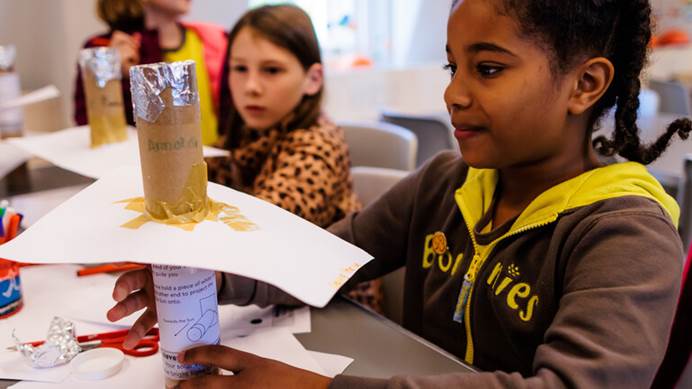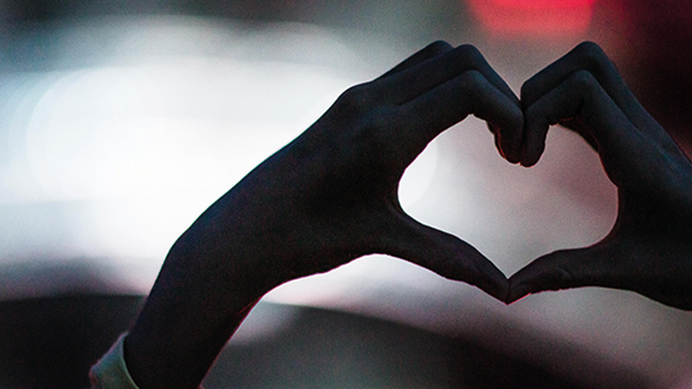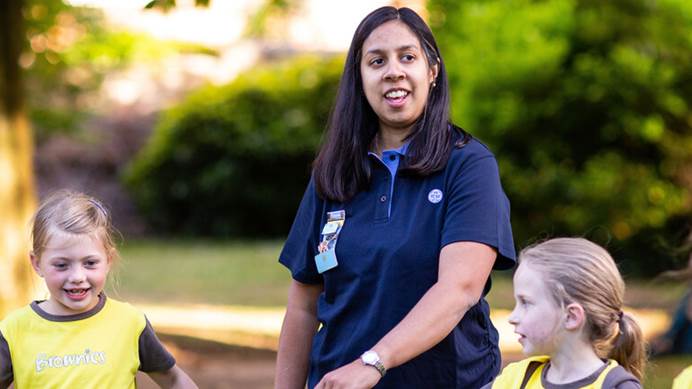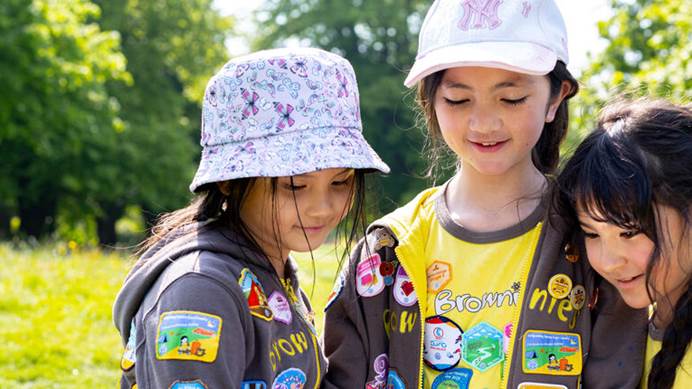Running inclusive events
Advice and resources to help make sure everyone attending your event is included and welcomed
We want Girlguiding to be a place where everyone is welcome, is free to be themselves, and has an equal sense of belonging – whoever they are and wherever they’re from.
When organising an event, it’s important to make it as inclusive as possible. As the event organiser, you should make every effort to create an inclusive event. Through our equality and diversity policy, we’re committed to making reasonable adjustments to include our disabled members.
Think about the impact each stage of the event will have on participants and volunteers, from booking to event delivery and evaluation. Consider how you can make each stage of the journey as inclusive as possible. There are some great tools available to help:
Event adjustment plans – this is an extension of the adjustment plan we use for unit meetings. The event adjustment plan should be done based on the event the participant is attending, each event is different and will require different adjustments.
- Adjustment plan for young members - events (PDF, 752KB).
- Adjustment plan for volunteers - events (PDF, 753KB). You can use this for both event volunteers and volunteers bringing girls.
We'll also be adding inclusive event checklist and 1-to-1 call templates to this webpage soon.
As an event organiser, you might want to consider applying for an accessible guiding grant if there are specific adaptations needed for your event.
Top tips for running an inclusive event
Adjustment plans
Adjustments are changes we make to remove or significantly reduce the barriers disabled people can face. When we remove these barriers, disabled people can be included, and have independence, choice and control.
An adjustment plan is a practical tool to help remove barriers by identifying and recording adjustments.
Find out more about making adjustments for disabled members.
Depending on the type of event you’re running, either you as the event organiser or the unit leader bringing the girls to the event will need to complete an event adjustment plan.
If you decide the unit leader is responsible for adjustment plans, you’ll need to decide as an event team what information they pass to you. You’ll need to know about certain needs such as accessibility requirements, medical requirements and allergies.
How this information is passed from the unit leader to the event organisers needs to be clear to all participants. Depending on the nature of your event, you may need to organise a time for a member of the unit team, a member of the event team and the participant to come together and discuss additional requirements.
The adjustment plan should always be completed with the participant. If the participant is under 18 (or under 16 in Scotland), their parent or carer should also be involved in the conversation. Every person is unique in their needs. Their knowledge and experience will help to develop a supportive plan that meets their needs.
As an event team, you’ll need to work out the best way to complete adjustment plans for event volunteers. Depending on the size of your event, you may have a team of people responsible for this.
When a volunteer is over 18, they don’t have to share their health information with the event team. For some event volunteer positions, you may need to share certain requirements, like being able to help with carrying items, standing for long periods of time or being in a loud area. You’ll need to be clear you’ll offer adjustment plans to make sure you allocate a suitable role.
While an adjustment plan will allow the volunteer to share their needs, it’s important to remember they won’t have to disclose any information they’re not comfortable sharing.
Inclusive language and communication
It’s important that everyone understands the event booking process, structure of the event, what opportunities are available during the event, and evaluation at the end of the event.
All communication should be written using inclusive language. There’s no right or wrong way to do this – everyone’s needs are different. However, some things to think about include:
- Terminology. Can everyone understand the words and terms used?
- Layout of information. Is the information in a logical order?
- How much information you’re giving. Is it better to have smaller sections of information rather than 1 long document?
- If there are key takeaways, list these in bullet points or format them in bold.
- Is there enough context around the communication for it to be clear and understandable?
Wellbeing area
Depending on the size of your event and the activities on offer, as an event team, it’s worth considering having a wellbeing area or a quiet zone. This should be slightly apart from the event (it could be a tent, room or classroom). Participants can use it for time out or quiet time.
If you do have a wellbeing area, consider:
- Noise levels.
- Lighting.
- What’s in the area. Do you need to add any soft furnishings to make it comfortable and calming?
- Sensory items. These could be fidget toys, play resources or colouring books.
- Is there a volunteer team supervising the room? Do they have the relevant training and knowledge? Depending on the size and nature of the event, this could include DBS/Access NI/PVG, plus training in mental health first aid, a safer guiding, and mental health and inclusion e-learning.
- How participants and volunteers will find out about this area.
Communication passports
A communication passport is a way for members to tell you about themselves in an informal way without having to communicate verbally.
It’s worth letting event volunteers know about communication passports so when they come across them during the event they know how to use them.
Download communication passport - general (PDF, 1.4MB).
Visual timetables
A visual timetable uses symbol-based communication to show a programme or schedule of events and activities. You could put these up on walls around your event. You could also print them and give them out to each unit.
Feeling cards are visual communication tools that allow someone to express their emotions. They can be particularly useful for members who struggle to communicate with unfamiliar adults.
The cards describe a range of emotions and feelings both visually and with words. When someone’s struggling to let you know how they’re feeling, they can point to an emotion. As an event team, you can ask the person questions, and they can indicate their emotions.
If you’re creating feeling cards as an events team, it’s a good idea to have a range of different emotions and feelings that relate to your event.
Lots of schools use Widgit, a computer programme, to create visual timetables and feeling cards. While you can create your own, it may be beneficial for users to have one in a familiar format.



